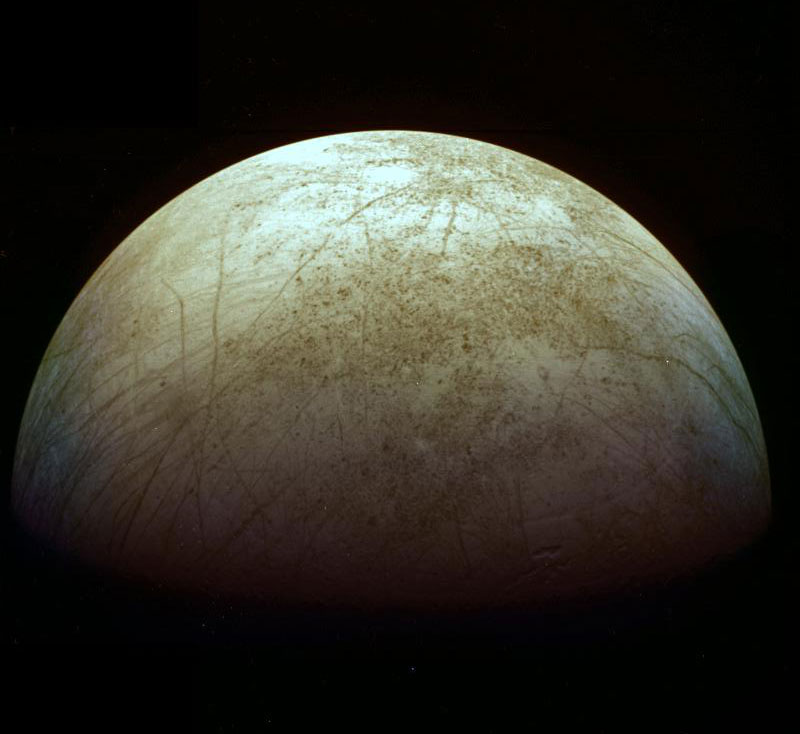TORONTO – It holds one of the best chances of finding life in our solar system. And now, a mission to this mysterious world is one step closer.

On Wednesday, NASA announced that its mission concept to Jupiter’s moon Europa completed its first major review by the agency and is now entering the development phase.
“Today we’re taking an exciting step from concept to mission, in our quest to find signs of life beyond Earth,” said John Grunsfeld, associate administrator for NASA’s Science Mission Directorate. “Observations of Europa have provided us with tantalizing clues over the last two decades, and the time has come to seek answers to one of humanity’s most profound questions.”
The surface of Europa is mostly water ice. However, it’s believed that an ocean of water may lie beneath.
READ MORE: Why are people excited about a mission to Jupiter’s moon? One word: Life
But how can a moon so far away from the sun have liquid water? That’s thanks to Jupiter, the most massive planet in our solar system (more than 1,000 Earths could fit inside it).
Europa experiences tidal forces as it orbits the enormous planet. That flexing and stretching creates heat, warming the moon’s interior. As well as liquid water it’s also believed that the moon could have volcanic activity in its rocky interior.
While the search for life on Europa is very real, don’t expect little green men: the life found would likely be simple organisms. But if life is ever discovered, it would alter the way we see life not only in our solar system but our universe.
The proposed mission to Europa would launch in the 2020s and arrive several years later. There are no plans for a landing. Instead, the spacecraft would orbit the planet every two weeks and image the moon as well as study its composition.
Though a mission to Jupiter is underway — called Juno — this will be the first dedicated mission to a Jovian moon. Juno is set to arrive in July 2016.


Comments